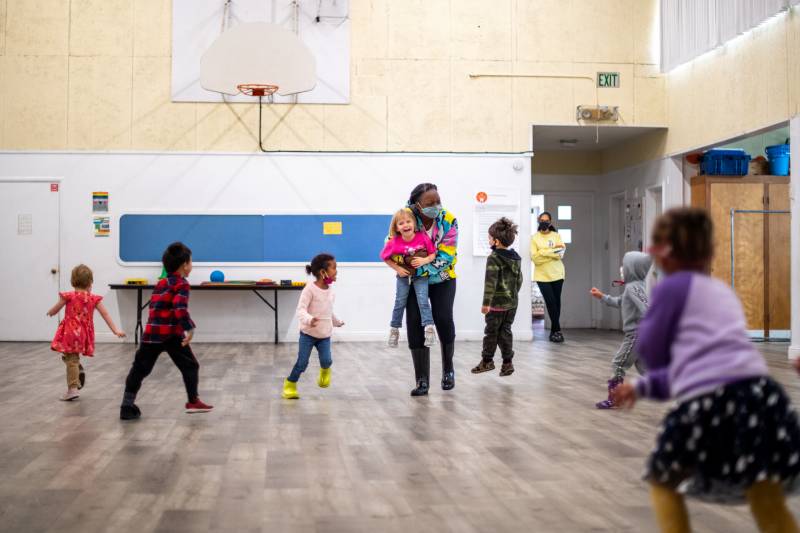
Universal preschool is coming to California in 2025, a major victory, years in the making for early childhood education advocates.
“It’s the biggest thing we’ve ever done in California for our youngest learners,” said Assemblymember Kevin McCarty, a Sacramento Democrat who led the push for universal preschool in California during the last decade.
McCarty is the architect of the $2.7 billion initiative, which was authorized as part of an education funding bill signed into law in July. The program, called universal transitional kindergarten, will be gradually phased in over the next five years on public school campuses, expanding existing TK classrooms until it covers all 4-year-olds in the state. By the 2025-26 school year, at full implementation, the program is expected to benefit 300,000 children, according to McCarty’s office.
“This is a game changer,” McCarty said.
But Makinya Ward is not celebrating.
As a new mother, the San Leandro resident struggled to find quality preschool for her children. She wanted them to grow and develop through play, and also be nurtured by caring teachers. When she couldn’t find a suitable child care center, Ward started her own in 2009.

Twelve years later, Ward runs five centers, serving 165 children from infants to 5-year-olds in Alameda and San Mateo counties. But the state’s newly minted plan could undo all that.
While advocates celebrate the addition of this new grade level to the public school system, many of those who currently provide much of California’s early childhood education options, often women of color like Ward, are worried they will be nudged out of the equation.
Fear of losing students
Early childhood education in California has long been a hard-to-navigate patchwork of government-run preschools, private and nonprofit centers, and family child care sites that are run out of providers’ homes. The state pays for the children from the lowest-income homes, and quality varies widely. The state’s new universal TK program is designed to streamline options, improve quality and reach more children.
Yet, in an ironic twist, Ward and other preschool directors fear the universal program could result in less care for infants and toddlers, as private centers might not be able to survive financially if they lose their 4-year-olds to the free school-based program.
Ward worries she will lose up to a third of her little students — many if not all of her 4-year-olds — causing a significant loss of income that could leave her unable to continue paying the rest of her teachers.
The business model for preschools is unique, affected by laws that mandate a higher ratio of teachers needed for the youngest children.
In California, child care centers are required by law to have one adult present for every four kids under age 2, while the ratio for 4-year-olds is one adult for every 12 kids.
“You take a loss on infants and toddlers and you make a marginal gain on 4- and 5-year-olds,” said Dave Esbin, executive director of California Quality Early Learning, or CQEL, a nonprofit that supports community-based child care providers.
Losing tuition from older children will cut into the small padding preschools have to help cover the more expensive care of children under 2.
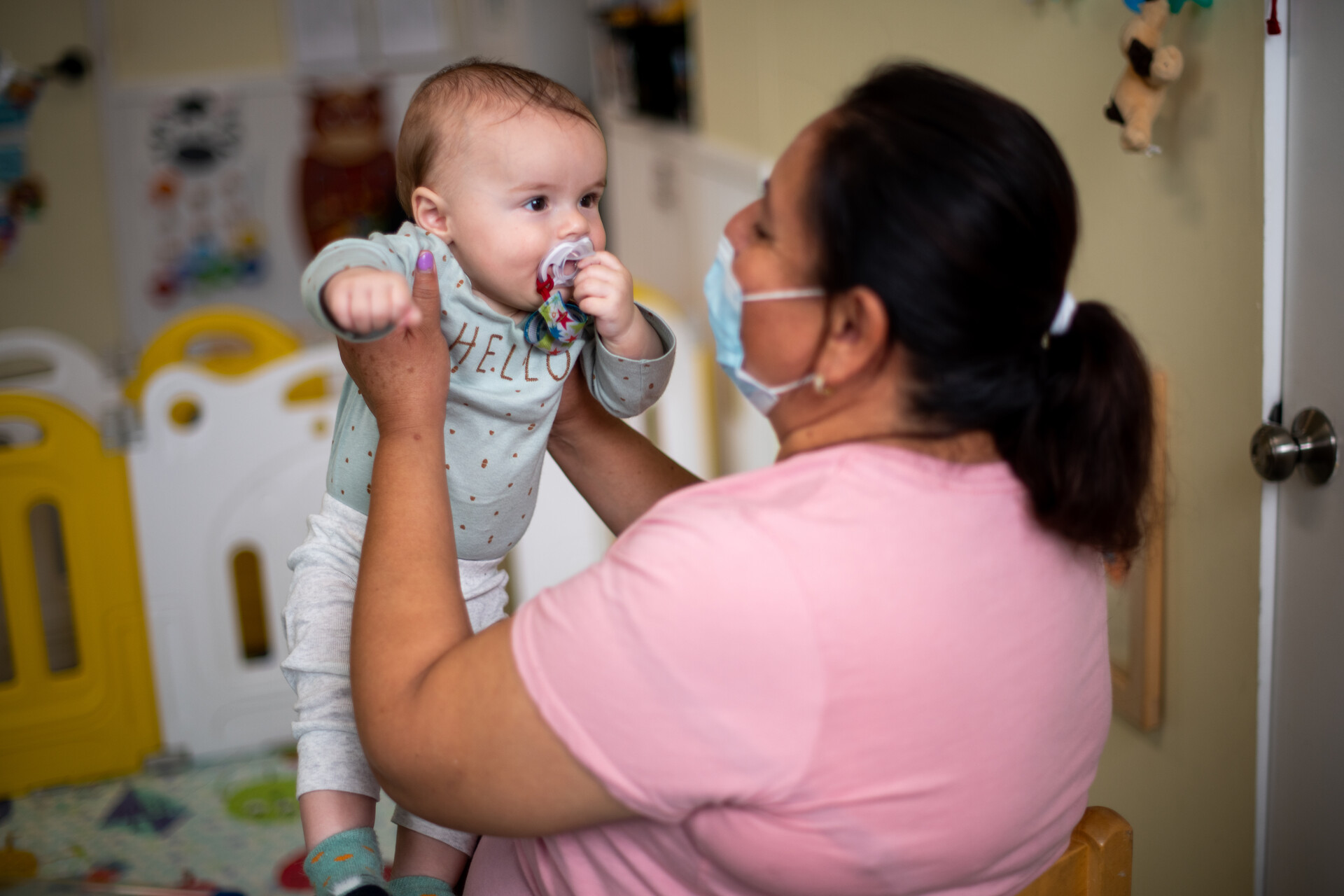
“It will be difficult for us if we are no longer able to serve 4-year-olds, because we depend on those tuitions in order to pay for the expense of the younger children,” Ward said.
In 2019, there were about 290,000 4-year-olds in early childhood education programs, according to American Community Survey data analyzed by the Population Reference Bureau for this story. As many as 200,000 of those 4-year-olds could potentially leave private day care centers for free public school TK come 2025.
“TK extracts the one age group that [private] providers depend upon for stability, so many providers will close forever in the coming years,” Esbin said. “Those that don’t close will need to raise infant and toddler tuition to survive, which will be completely unaffordable for even more families.”
In other words, parents might win by having free preschool for their 4-year-olds, but that could potentially come at the cost of losing care for their younger children.
Seeking a middle ground
It didn’t have to be this way, Ward said.
“I feel like those of us who provide the care were not invited to the table to talk about some ways that we could work collaboratively so that we would minimize the impact and effects on families,” she said.
The civil rights group Advancement Project California was at the table during negotiations with lawmakers, pushing for an equitable universal TK plan that would prioritize the state’s many children of color who typically have not had equal access to early childhood education. Khydeeja Alam, the group’s senior policy and advocacy director, acknowledges that many preschools and family child care centers run by women of color will suffer if they are not meaningfully included in the state’s plan.
“Those were some of the toughest conversations we had with the Legislature,” Alam said.
As it stands, the state’s new transitional kindergarten offerings will be available at existing public schools. Ward supports a model where centers like hers could also provide the preschool programming that the state pays for, similar to what exists in New York City, in what’s known as a “mixed delivery system.”
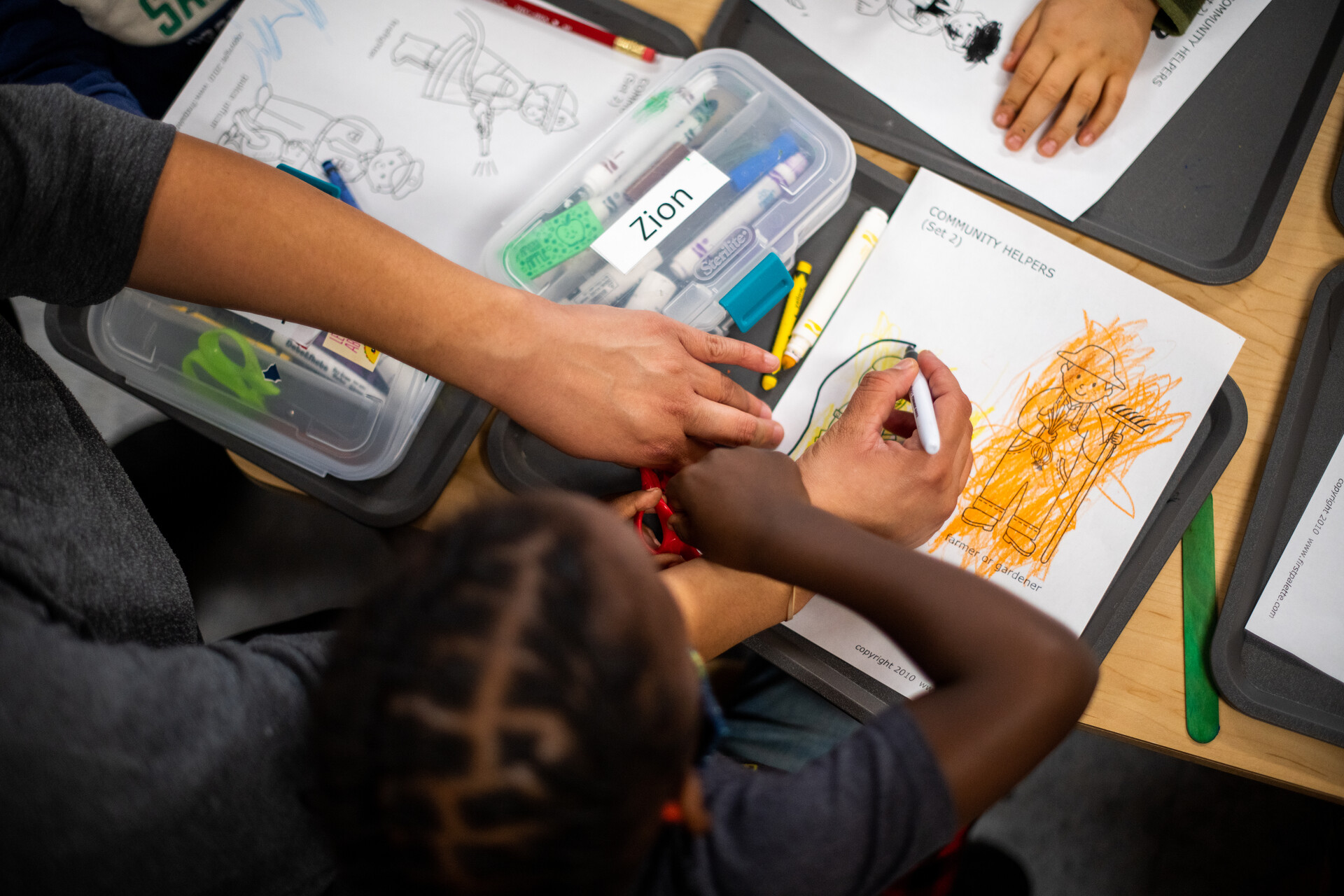
But there are challenges with this model, too. When universal preschool was opened to both public and private providers in New York City in 2014, many private providers shifted to serving more 4-year-olds to benefit from the stable income it provided, while cutting back on more costly infant and toddler care. The result was a deficit in child care available for children under 2.
There has to be a middle ground, Alam said.
“I just don’t see school districts taking on the whole responsibility of UTK on their own,” she said. “We don’t have enough facilities. We don’t have enough teachers. So this is really an opportunity for private providers and school districts to work together.”
Esbin, of CQEL, suggests that private providers be allowed to continue serving 4-year-olds, possibly as contractors hired by the local school districts receiving the new state funds. “Other states have implemented mixed-delivery systems and included the entire child care community to take part, and that’s what you have to do to create a healthy child care system to serve all communities,” Esbin said, pointing to Maryland as one example
But Assemblymember McCarty is opposed to the idea. “We don’t contract out eighth grade and fifth grade and third grade, so I don’t know how we’re going to contract out a grade,” McCarty said.
McCarty also doesn’t believe family child care centers and other private facilities will be forced to close when universal TK is fully implemented in 2025. “There are plenty of 3-year-olds that are going to need service,” he said. “So we’re telling these programs, ‘Hey, you can serve 3-year-olds.’”
Importance of play
Ward also worries that public schools can’t fully meet the developmental needs of 4-year-olds, something her programs do through experiential learning and play-based curriculum. Her teachers use cooking activities, water play and tricycles to foster early literacy and numerical concepts. For instance, when making pancakes, preschoolers measure ingredients and learn about simple fractions, and with water play, they use different size containers to begin to understand volume.
In contrast, she says, TK looks a lot more like school where “play” is highly structured: For example, using play dough to form numbers or letters, versus free play, which many experts say helps foster learning.
Some parents like more structure and academics for their preschooler, and some might want a truly play-based model, says Los Angeles preschool director Jennifer Carter. And it’s this ability to choose that parents will lose if free preschool is only available in a TK classroom on an elementary school campus.
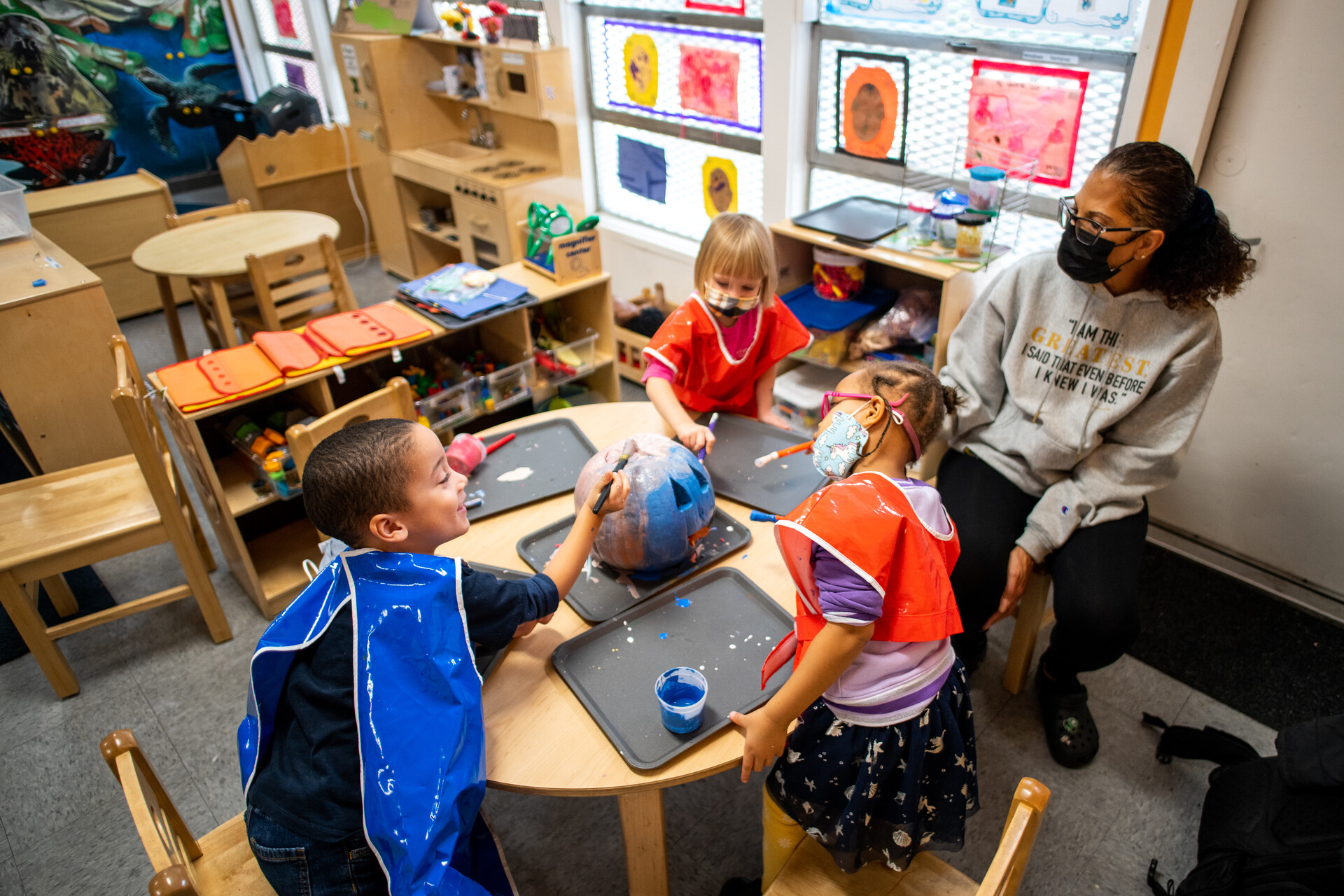
“Four-year-olds should not be sitting at a desk doing worksheets,” she said.
There are also concerns about the well-being of Black children who will be attending preschool as part of the public school system, said Keisha Nzewi, director of public policy at the California Child Care Resource and Referral Network.
“My concern is starting the school-to-prison pipeline even earlier because behaviors that are age-appropriate are not going to be tolerated,” she said. Black preschoolers are already disciplined and expelled at far higher rates than their white peers, yet if that now happens earlier, it will follow them for longer throughout their educational careers, Nzewi said.
There are also logistical challenges. The transition to universal TK, which will be a much shorter day than what is now provided by most private programs, could create challenges for working parents, many of whom will be left scrambling to find new before- and after-care options for their children. Practitioners like Carter doubt they’ll be able to hire and pay enough teachers to work only in the early mornings and late afternoons, and argue that transporting kids back and forth will be a mess.
“There is an expectation that private centers will transport kids to and from school. The logistics alone are ridiculous,” she said.
Oversight concerns
Michael Olenick, president and CEO of the Child Care Resource Center in Los Angeles, worries that elementary school campuses do not have the infrastructure to cater to the specific needs of preschool-age children, citing bathrooms as an example. Preschools often have very specific toilets, with half doors and special seats, and they are usually inside the preschool classroom, instead of down the hall or elsewhere.
“Four-year-olds, when they need to go, they need to go,” Olenick said. “Does that mean that you’re going to walk 10 or 20 kids all together to the bathroom?”
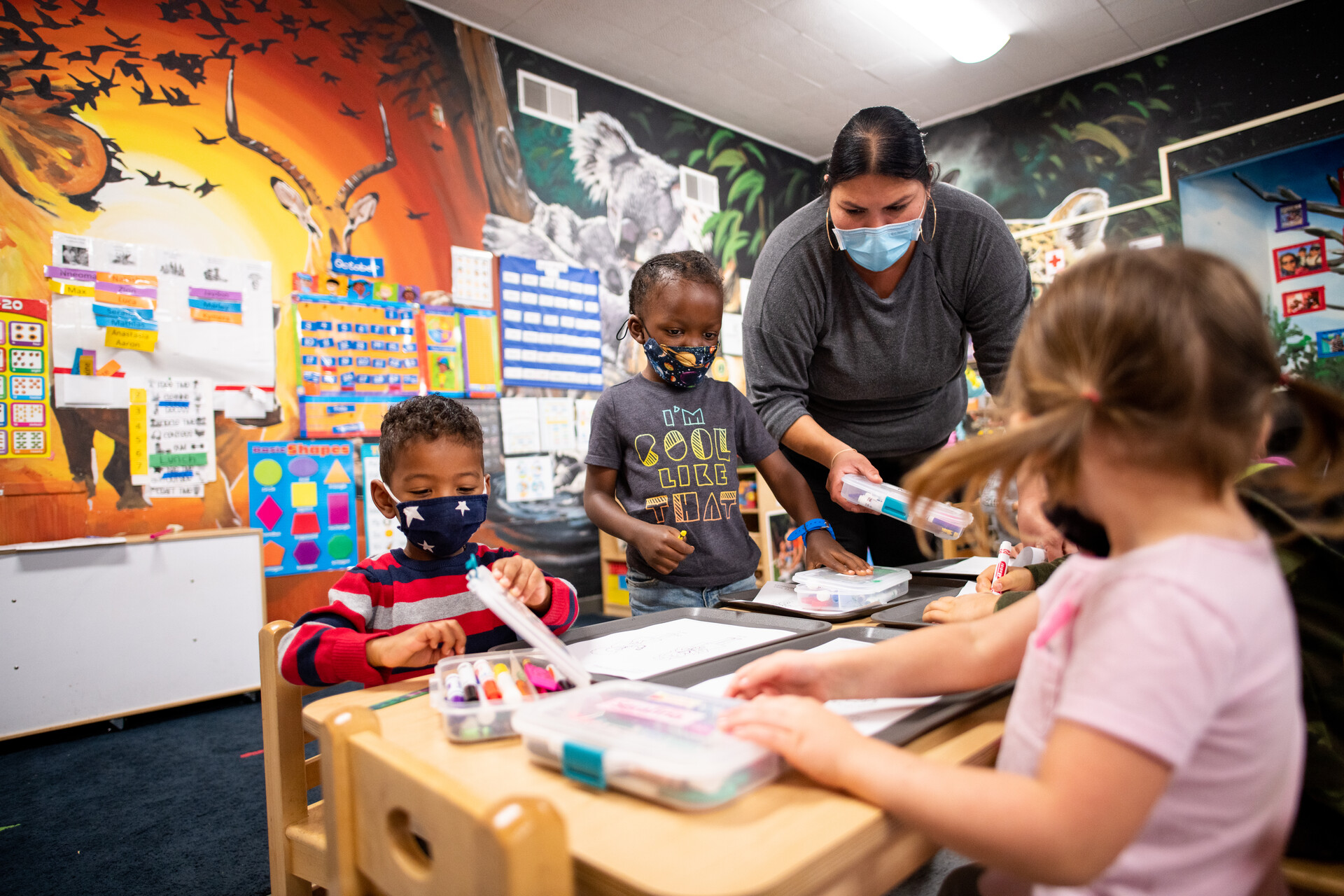
Olenick said he’s encouraged that the state’s new program will mandate a 10:1 student-to-teacher ratio in all public TK classes by 2025. The program will also require the curriculum to be developmentally appropriate and require TK teachers to have at least 24 units of child development study, all of which he says are important “guard rails” for quality.
But Olenick worries about school districts complying with these mandates. “Whether anybody will check on that, I don’t know,” he said.
And in rural areas, focusing just on 4-year-olds will be hard, Olenick adds. Many school districts are so small they already combine TK students with kindergarteners.
McCarty is well aware of these concerns. After years of fighting for universal preschool for California, he wants it to work, he said.
“Some classrooms may not have a bathroom, they may not have little sinks for little kids, so we put several hundred million dollars in this year’s budget [and] we’ll probably do that again next year and the following year to help districts build more [TK] classrooms,” he said.
But pouring more money into public schools won’t solve all those problems, argues Jennifer Carter, the LA preschool director. She worries that as private centers downsize because of the new state program, the early childhood education workforce will be decimated.
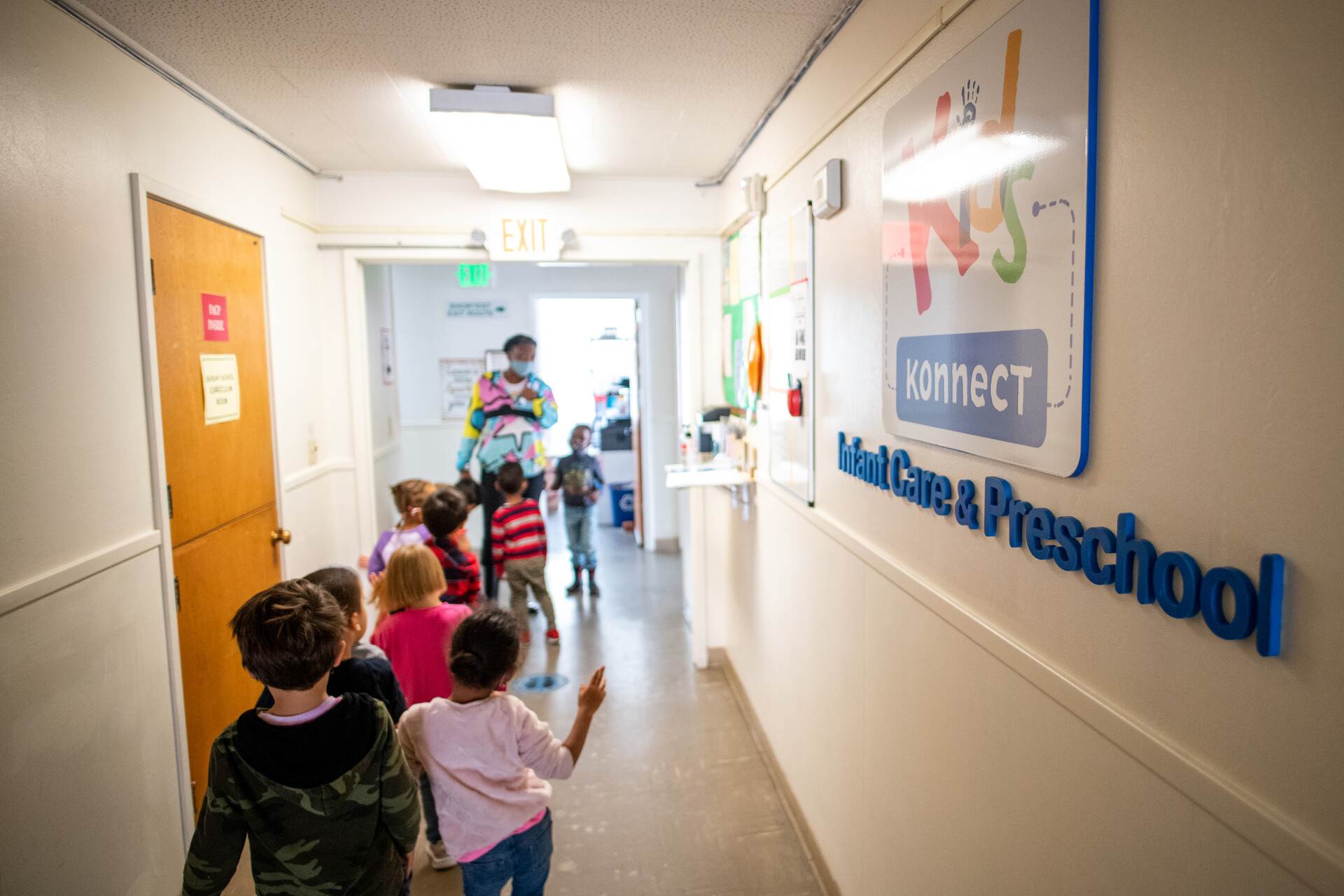
“A lot of Black and Brown women are going to be out of work,” Carter said. “I am really worried that the state of early childhood education is going to be catastrophically miserable in about five years.”
Khydeeja Alam of Advancement Project California hears the frustrations of providers like Carter and Ward, both Black women who have overcome many obstacles to keep their preschool doors open. She believes there is still time to include the private sector in more meaningful ways.
“I think it’s an opportunity for growth, it’s an opportunity for creativity, and it’s an opportunity for partnerships,” she said.
[“source=kqed”]



